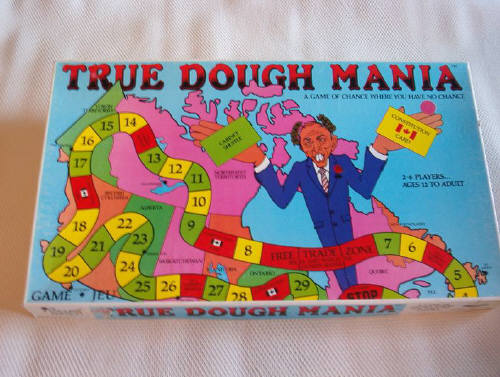The underground economy and the poor
The Globe and Mail (Jan. 5) ($):
How do poor families spend so much more money than they earn? By one measure — the National Council of Welfare — the average poor Canadian family spends $4,855 a year more than the $14,366 it receives as income, a difference of 33 per cent. By another measure — the Fraser Institute — the average poor Canadian family spends $9,370 more than the $9,114 it receives as income, a difference of more than 100 per cent.
* * * * * *
How does Statscan determine the income of the poor? It asks them. How does it determine the spending of the poor? It asks them. What's the source of the "bonus bucks" that the poor spend? Perhaps, in one of its surveys, Statscan should ask them. We can, meantime, only speculate.
Off-the-table earnings. Wanton use of credit cards. Gifts from more affluent family members. Academic scholarships. (Many postgraduate students are, by LICO logic, poverty-stricken.) But Canada's basic information on poverty remains dubious.
No one knows whether the poor, in their reports, minimize the money they either earn or otherwise get. It shouldn't be surprising if they do. Everyone else does it all the time.
I want to make two points. First, nobody is implying that the underground economy is strictly measuring income concealment, as some detractors seem to be charging. In a 1992 report published by Statistics Canada, "the underground economy" is defined as the mean economic activity that is not measured in the system of national accounts. In the past I may have failed to mention other sources of the "hidden economy" when referring to income concealment, but that’s because I was being sloppy and perhaps aiming for brevity.
I have some criticisms of the expenditure approach, only one of which is relevant to Reynold’s article. The expenditure approach often depends on the use of surveys, for lack of other data. But to what extent can we rely on surveys? I have in mind a paper by Elffers, Weigel and Hessing (1987), who found zero correlation between survey results and audits for Dutch taxpayers. If there is zero correlation, even for wage and salary earners (this surprises me), this is a violation of a key assumption of the Pissarides and Weber model.
Statistics Canada’s main surveys of consumption patterns are not very reliable, particularly when it comes to measuring the consumption of the very poor. Household surveys (formerly the SCF and the SLID) have been shown by Statistics Canada to produce significantly lower estimates of the incidence of low income than Census and tax data, likely because of under-sampling at the low end of the income distribution. (See Marc Frenette, David Green and Garnett Picot "Rising Income Inequality in the 1990s" in David Green and Jon Kesselman (Eds) Dimensions of Inequality in Canada, UBC Press, 2006.)


No comments:
Post a Comment